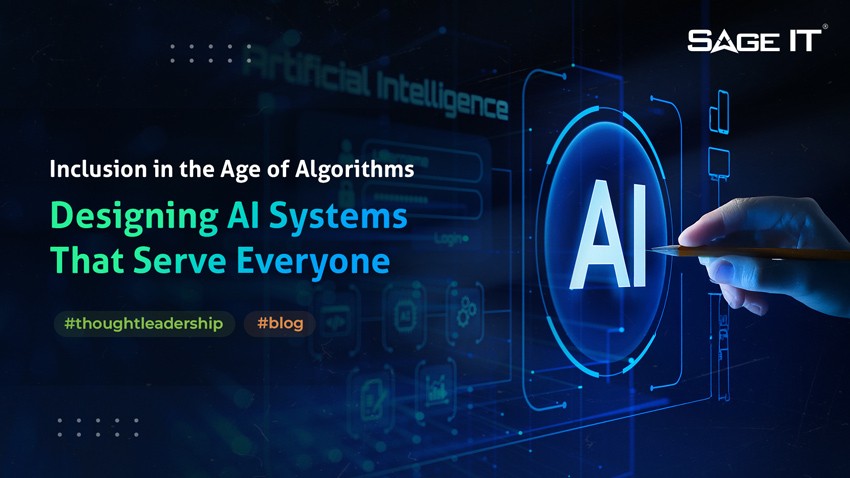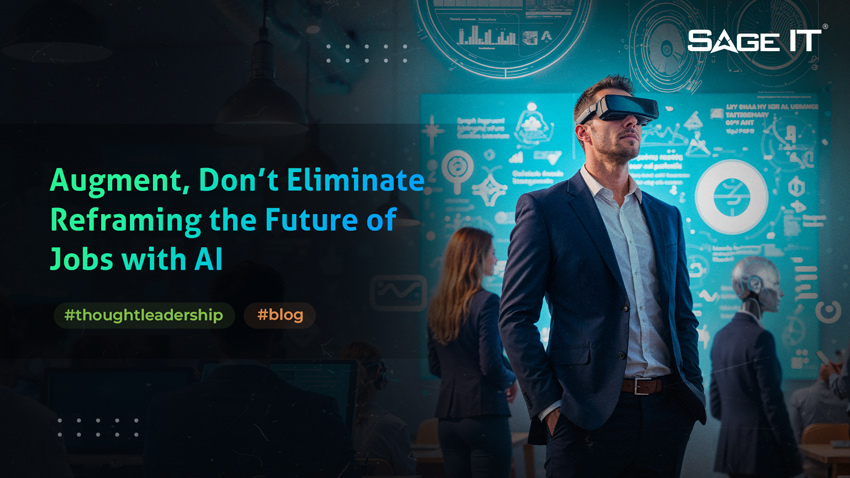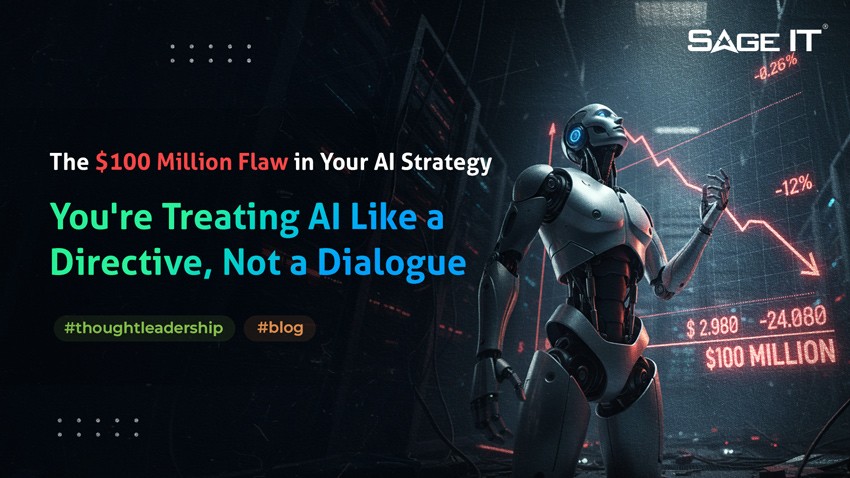“From Monolithic to Microservices: The Evolution of Composable Enterprises
Over time, the software industry has undergone significant changes as new technologies have transformed the way we develop software. Monolithic architecture, which brings together all components or business logic onto a single-tiered platform, has been a popular and functional approach. However, the industry is now shifting towards microservice architecture, which is slowly but surely replacing legacy architecture. And now we are seeing the emergence of a new type of architecture that combines the best of both worlds: composable enterprise.
How did the monolith evolve into microservices?
Almost every industry has its legacy systems doing most of the heavy-lifting. Monoliths are easy to set up and operate. However, as applications have become more complex and the need for agility has increased, monolithic architecture has become a bottleneck. This has been a key driver of the microservices trend.
The architecture was a hit with modern digital-native companies that required greater flexibility, agility, and scalability. A microservices architecture not only addresses the shortcomings of monoliths but offers developers a greater degree of feasibility and functionality. While some may question the risks and benefits of transitioning to a microservices approach, the potential advantages of this clustered architectural style suggest that it may be the right choice for those seeking to optimize their application packages for the needs of the future.
The future of applications: Composable Enterprise
While the battle between monolith vs. microservices architecture rages on, a new approach to application development takes form. Catering to today’s fast-changing digital world requires a seamless plug-and-play system that is dynamic and interchangeable.
Welcome to the beginning of composable enterprises.
The concept of a composable enterprise is an increasingly important approach to rapidly creating digital competencies at scale. It was first introduced by Jonathan Murray in 2013 and gained popularity in 2020 with Gartner’s Hype Cycle for Emerging Technologies. Business composability is based on four principles of composability:
Discoverability:
The capability to easily locate and access available resources and services, and understand their functionality and how they can be composed to create a desired outcome.
Modularity:
The capability to break down complex systems into smaller, more manageable components that can be easily swapped out, updated, or replaced without affecting the entire system.
Orchestration:
The capability to coordinate and manage the interaction between different components to ensure that they work seamlessly together to achieve the desired outcome.
Autonomy:
The capability for individual components to operate independently, with their own governance, without requiring coordination or approval from other components.
These four principles enable the creation of modular, flexible, and scalable systems that can be easily adapted to changing business needs. It combines the best of both worlds by allowing developers to build applications using a modular approach while still maintaining the cohesion of a monolithic architecture.
A step toward composability
Enterprise architecture plays a central role in composability, as it allows business operations to be modeled in a structured manner. Through enterprise architecture, businesses can identify their core capabilities, map out their value streams, and match these with real-world functions such as business processes.
For example, a company may have a module for its customer relationship management (CRM) system that can be easily swapped out for a more advanced module with better data analytics capabilities. This not only allows the company to stay up-to-date with the latest technology trends but also enables them to quickly respond to changing customer demands and market trends.
Ideally, each capability should be a self-contained unit or module that can be exchanged and composed as needed, with architects working to reduce complex dependencies between capabilities.
This is where the three pillars of business composability serves as a guideline for business leaders.
Composable thinking:
Allows for creativity and emphasizes modularity. It allows businesses to break down complex systems into smaller, more manageable components that can be easily swapped out, updated, or replaced without affecting the entire system.
Composable business architecture:
Ensures flexibility and resilience by enabling individual components to operate independently, with their own governance, without requiring coordination or approval from other components.
Composable technologies:
Modern tools that connect everything together and support the principles of composability.
By mapping business processes to real-world functions, these companies can create a more comprehensive understanding of their own operations and the interdependencies between different systems. This can enable them to identify opportunities for optimization and automation, as well as streamline their workflows and improve collaboration between teams.
Additionally, mapping business processes to real-world functions can help composable enterprises to better understand their customers’ needs and pain points. By identifying key touchpoints in the customer journey and mapping them to specific business processes, these enterprises can optimize the customer experience and improve customer satisfaction.
This approach offers business leaders a complete view of their organization, allowing them to pinpoint underperformance, identify gaps, and recognize opportunities for innovation.
Closing thoughts
The transition from a monolithic architecture to a microservices architecture is an important step in the evolution of the composable enterprise. It enables greater flexibility, agility, and scalability, which is crucial in today’s fast-paced business environment. Gartner forecasts that by 2023, “60% of mainstream organizations will list composable enterprise as a strategic objective and will use an increasing number of packaged business capabilities.”
However, it is important to remember that a composable enterprise is not just about technology. It requires a cultural shift within the organization, as well as a focus on delivering value to the customer. Business leaders must understand the underlying tenets of composable architecture, namely, microservices and containerization, PBCs, data centralization, and data intelligence. By leveraging this architecture, businesses can take advantage of flexible and cost-effective solutions that are better equipped to keep up with the ever-changing business needs while also gaining scalability and speed in order to meet customer demands quickly. Ultimately, those businesses that adopt composable business will be better positioned to innovate, grow, and stay ahead of the competition in today’s digital world.
For enquires, mail to marketing@sageitinc.com
Contributed for Sage IT by
Srini Gajula
sgajula@sageitinc.com










